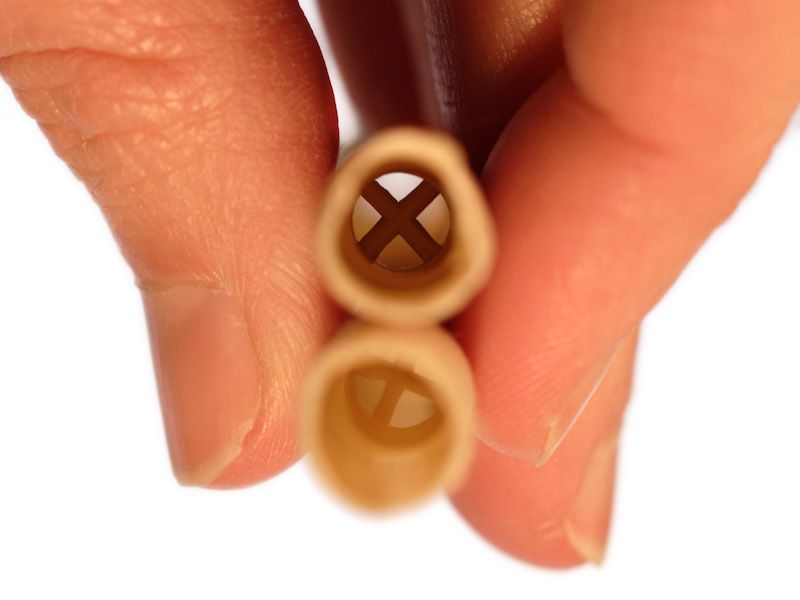
There’s a lingering idea in some groups that a practice called “ear candling” is a good way to reduce your earwax. What is ear candling, and does it work?
Earwax Candles, do They Work?
Spoiler alert: No. No, they don’t.
Why then do normally logical people routinely accept in this pseudo-science. That’s a tough question to answer. But the more you discover about earwax candling, including the risks involved, the more likely you can draw an informed decision (even if the rational decision is pretty obvious).
What is Earwax Candling?
So the basic setup goes like this: Perhaps you have an excessive amount of earwax and you’re not really certain how to eliminate it. You know you’re not supposed to use cotton swabs (which is good, cotton swabs are not a great way to clear out your ears, in most cases). So, after doing some study, you discover a method called earwax candling.
Here’s how earwax candling allegedly works: You create a pressure differential by inserting the candle into your ear, wick side out. The wax in your ear, then, is pulled outward, towards the freedom of the open world. In theory, the pressure difference is enough to break up any wax that might be clogging up your ear. But this harmful practice is not a smart way to clean your ears.
Why Isn’t Ear Candling Effective
There are a few problems with this practice, including the fact that the physics just don’t work. There’s simply no way for a candle to produce that type of pressure differential (and in order to move earwax around, that pressure differential would have to be pretty substantial indeed). Second, creating that type of pressure differential would require some sort of seal, which doesn’t occur during candling.
Now, the candles used in these “treatments” are supposed to be special. All of the wax that was in your ear can be found within the hollow portion of the candle which can be broken up when you’re finished with your 15 minutes of ear candling. The only problem is that the same debris shows up in both burned and unburned candles. So this “validation” is really nonsense.
Scientific research has never been able to prove any benefit involving earwax candling.
So we Know Ear Candling Doesn’t Work But Dangerous is it?
So, you might as well give it a shot, right? Well, any time you get hot candle wax near your ears, you’re asking for trouble. You might be ok if you try earwax candling. Plenty of people do. But that doesn’t mean there aren’t risks involved, and it certainly doesn’t imply that ear candling is safe.
The negative impacts of ear candling can include:
- Once the wax cools it can block your ear canal. You could wind up temporarily losing your hearing or even requiring surgery in severe cases.
- Significant burns to your inner ear. Serious hearing problems and burns can be the result of getting hot wax inside of your ear. In the most extreme cases, this could permanently compromise your hearing.
- Whenever you’re messing around with an open flame, there’s a potential that you might cause serious damage and put your life in danger. Seriously, you could burn down your house. It’s not worth the danger to try this ineffective technique of wax removal.
You Can Keep Your Ears Clean Without Needing a Candle
In the majority of circumstances you won’t even need to be concerned about cleaning earwax out. That’s because the human ear is basically a self cleaning system. But you may be one of those individuals who have an abnormally heavy earwax production.
If it turns out that you have too much earwax there are techniques that have been proven to work safely. For example, you could get a fluid wash. Another option would be to see a hearing care professional for an earwax cleaning.
You should continue to avoid cotton swabs. And you should also stay away from using an open flame to clean out earwax. Earwax candling is a procedure that has no benefit and will put your ears, and your whole person, at significant risk of damage and injury. Try burning candles for their sent or for enjoyment but not as a means to clean your ears.
